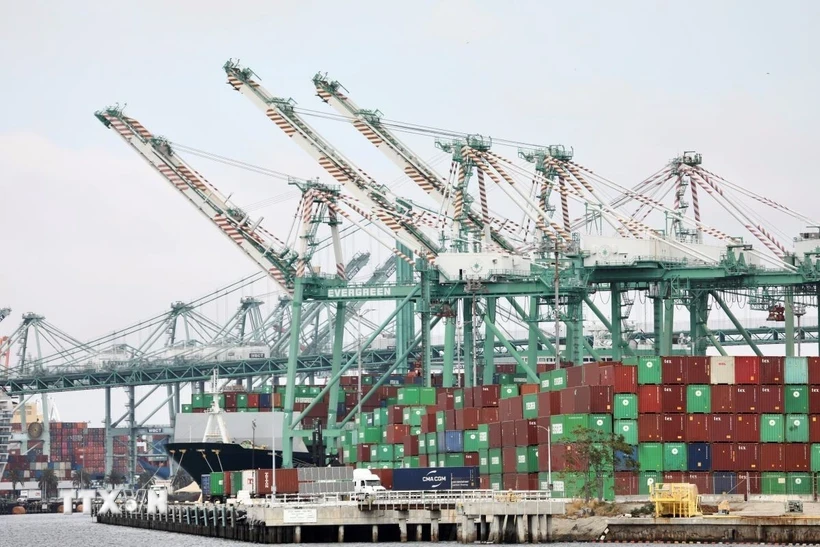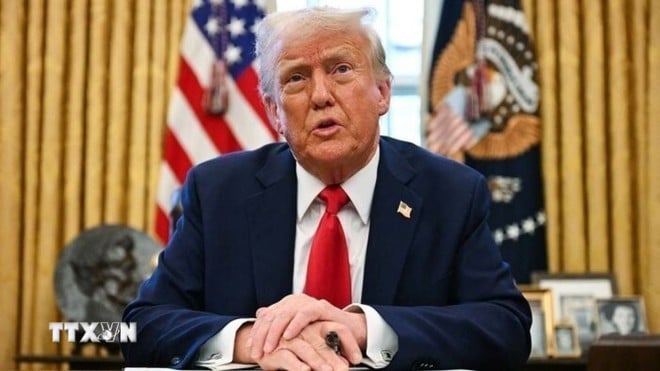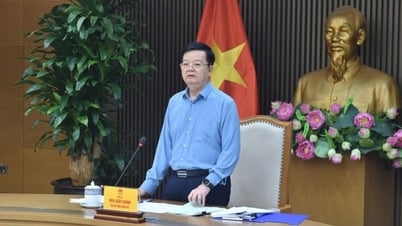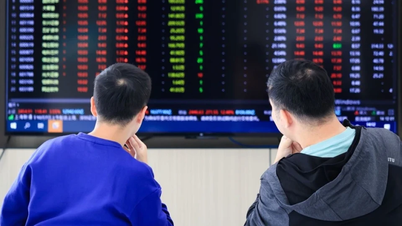
A key milestone in President Donald Trump's trade war is approaching, as a 90-day tariff pause - known as "Liberation Day" - ends on July 9.
But what will actually happen when the tariff pause ends remains unclear, and comments from Mr Trump and his officials over the past week suggest a range of scenarios are being considered.
The scenario could even be a non-event, with the Trump administration extending the deadline for tariff deferrals. It could also be a day to celebrate long-promised but unfulfilled trade deals. And it’s not out of the question that Trump will go all-in and unilaterally impose new tariffs.
Mr. Trump said he was willing to pursue all three. He told reporters that he would send letters to the countries involved with the message: “Here’s the deal, take it or leave it,” while leaving open the possibility of extending the tariff delay.
The scenarios outlined this week by Mr. Trump, Treasury Secretary Scott Bessent and Commerce Secretary Howard Lutnick are not mutually exclusive, but investors will be closely watching which countries fall into which situations, as some are clearly more market-friendly than others.
Henrietta Treyz of consulting firm Veda Partners predicts the reality will be a combination of all three scenarios.
About 130 countries will receive letters from the US, and the proposed tariffs could range from 10% to 25%, Treyz said. Some countries may reach limited agreements — like the recent one with the UK — but still face tariffs or additional tariffs. Some countries may get extended tariff deferrals.
What worries markets is that it is unclear which scenario will prevail in the coming weeks. Observers are increasingly cautious about promises of such trade deals, as the Trump administration has repeatedly said a deal is close for months but has so far only achieved a limited agreement with the UK.
Meanwhile, the European Union (EU) is working towards a “good trade deal” with the US before the July 9 deadline, amid continuing tariff tensions.
On June 14, President of the European Commission Ursula von der Leyen affirmed this determination after a phone call with US President Donald Trump ahead of the upcoming G7 Summit.
Recent private surveys showed manufacturing activity in Asia contracted in May due to weak demand in China and the impact of US tariffs.

The au Jibun Bank Japan Manufacturing Purchasing Managers' Index (PMI) came in at 49.4 in May, up from April but still below the 50 mark that separates growth from contraction. That means Japan's manufacturing activity contracted for the 11th straight month.
A survey by S&P Global showed the PMI for South Korea, Asia's fourth-largest economy , came in at 47.7 in May, marking the fourth month the index has been below 50 due to weak demand and the impact of US tariffs.
Both Japan and South Korea's economies contracted in the first quarter, as Mr Trump's tariffs and uncertainty over US trade policy weighed on exports and business activity.
Meanwhile, in India, growth in manufacturing activity slowed to a three-month low in May, as demand softened amid price pressures and geopolitical tensions.
Adding to the gloom, an official survey over the weekend showed China's manufacturing activity shrank for a second straight month in May, signaling weakness in the world's second-largest economy.
Toru Nishihama, chief emerging markets economist at Dai-ichi Life Research Institute, said it was difficult to expect a quick recovery in Asian manufacturing activity as countries in the region were facing high reciprocal tariffs. In addition, he said that as China’s domestic demand weakened, its cheap exports were flooding Asia, which was also putting deflationary pressure on the region’s economies.
Faced with the above situation, the Organization for Economic Cooperation and Development (OECD) on June 3 lowered its annual global growth forecast, warning that the wave of US tariffs would hold back the world economy, with a particularly heavy impact on the world's leading economy.
The OECD said that after recording 3.3% growth in 2024, the world economy is forecast to grow at 2.9% in 2025 and 2026. In a report released in March, the OECD forecast that the world economy could record 3.1% growth in 2025 and 3% in 2026./.
Source: https://baolangson.vn/khi-moc-quan-trong-trong-cuoc-chien-thuong-mai-cua-my-can-ke-5050251.html




































































































Comment (0)